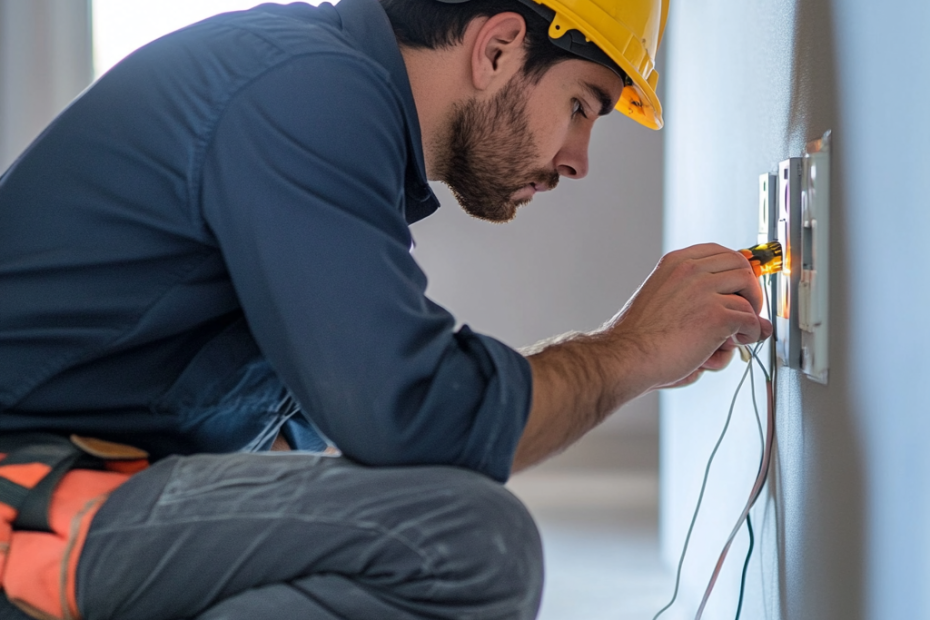Aluminum Wiring in Homes: Risks and Accepted Remediation Methods
Aluminum wiring was commonly used in residential construction during the 1960s and 1970s as a cost-effective alternative to copper. However, over time, it became clear that aluminum wiring posed significant safety risks, leading to its replacement with copper as the industry standard.
If your home has aluminum wiring, it’s crucial to understand the associated risks and the accepted methods for remediation. Proper remediation not only ensures your home’s safety but also satisfies insurance requirements and building codes.
Why Aluminum Wiring Is a Concern
Aluminum wiring isn’t inherently dangerous, but its properties and how it interacts with other materials can create hazardous conditions:
- Expansion and Contraction: Aluminum expands and contracts more than copper when exposed to heat, which can cause connections to loosen over time.
- Oxidation: Aluminum forms an oxide layer when exposed to air, which increases resistance and the potential for overheating.
- Softness: Aluminum is softer than copper, making it more prone to damage during installation or maintenance.
- Incompatibility with Fixtures: Many fixtures and outlets designed for copper wiring are not compatible with aluminum, leading to improper connections.
These factors significantly increase the risk of electrical arcing and fire if left unaddressed.
How to Identify Aluminum Wiring
If your home was built between the 1960s and 1970s, there’s a chance it may have aluminum wiring. To confirm:
- Check the wiring in your breaker panel or outlets for markings such as “AL” or “ALUM.”
- Look for a dull gray color on exposed wire ends.
If you’re unsure, consult a licensed electrician or home inspector to evaluate your wiring.
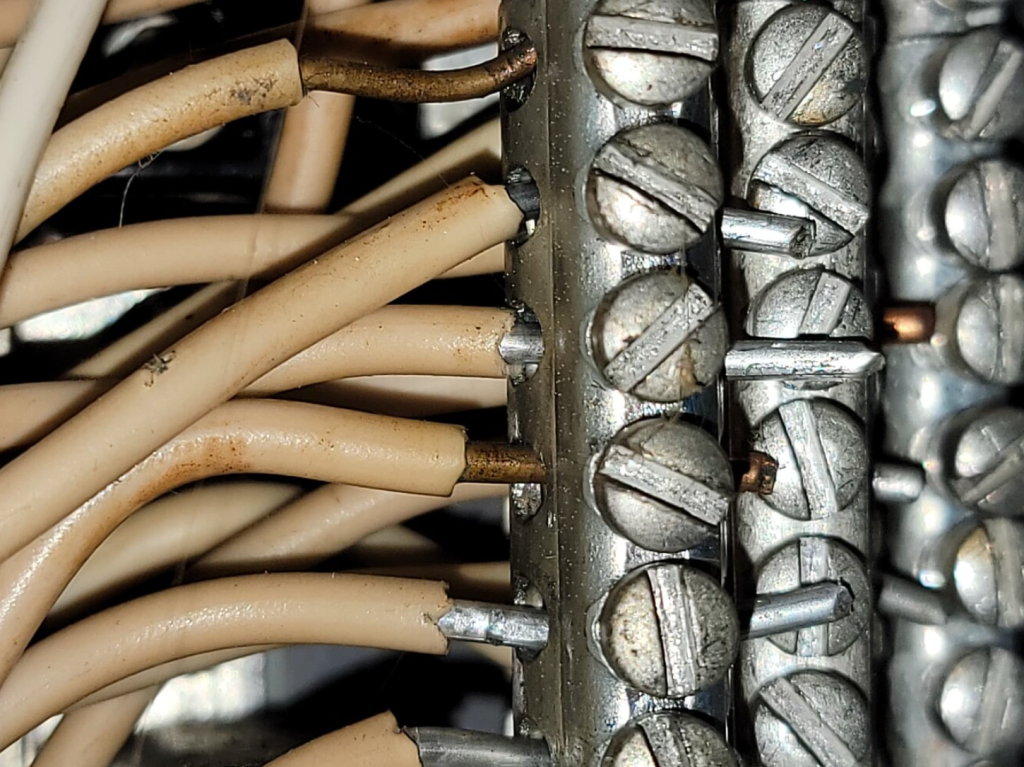
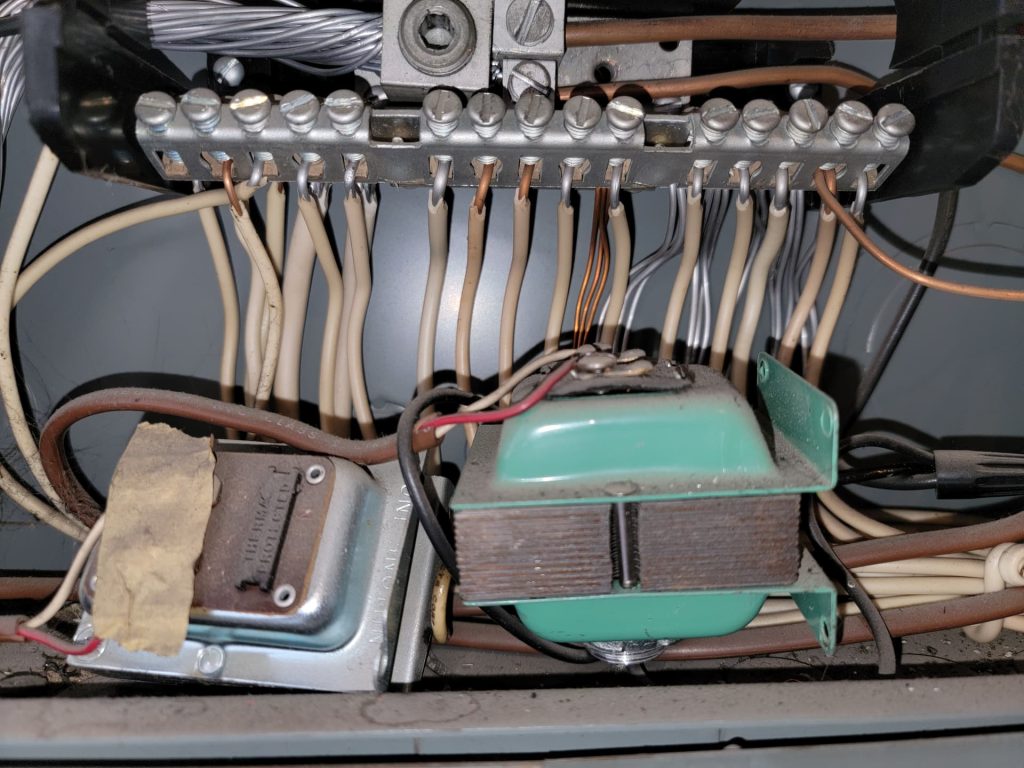
Accepted Methods of Remediation
To mitigate the risks associated with aluminum wiring, there are two widely accepted remediation methods:
- COPALUM Crimping
- This method uses a specialized tool to crimp a short section of copper wire (pigtail) to the existing aluminum wire.
- The connection is sealed with a high-pressure crimping system, ensuring a secure bond that resists loosening or oxidation.
- COPALUM is considered one of the safest and most effective solutions but requires a licensed electrician trained in its use.
- AlumiConn Connectors
- AlumiConn is a less expensive alternative to COPALUM. It uses a specialized connector that securely joins aluminum and copper wires.
- The connection is treated with an antioxidant compound to prevent corrosion and overheating.
- This method is approved by the Consumer Product Safety Commission (CPSC) and is more accessible for homeowners.
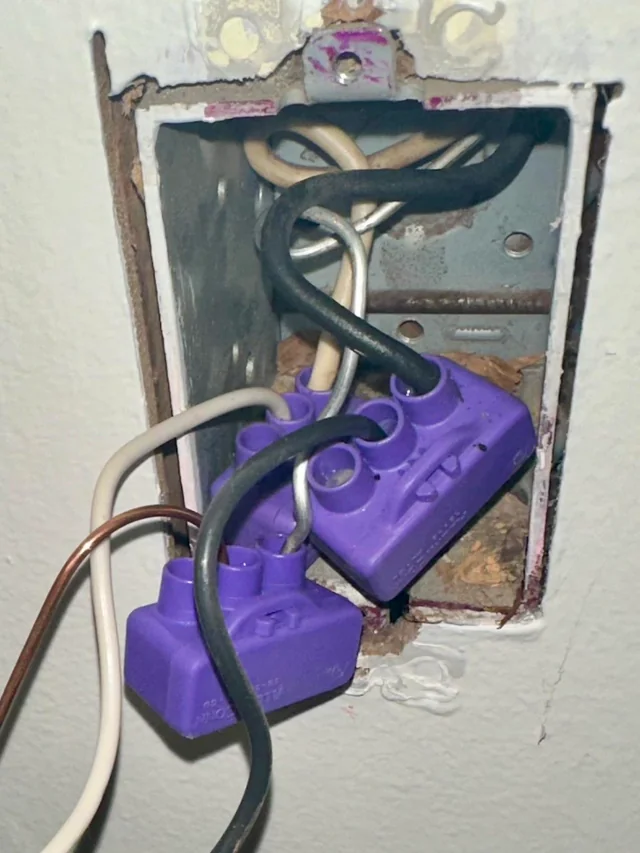
Temporary Solutions That Are Not Recommended
Some homeowners attempt DIY fixes that can lead to more significant issues. These include:
- Twisting Aluminum and Copper Wires Together: This creates a weak connection prone to overheating.
- Using Standard Wire Nuts: These are not designed for aluminum wiring and do not provide a secure or safe connection.
- Replacing Fixtures Without Compatibility: Installing fixtures not rated for aluminum wiring can worsen the problem.
For safety and compliance, always rely on approved remediation methods performed by a licensed professional.
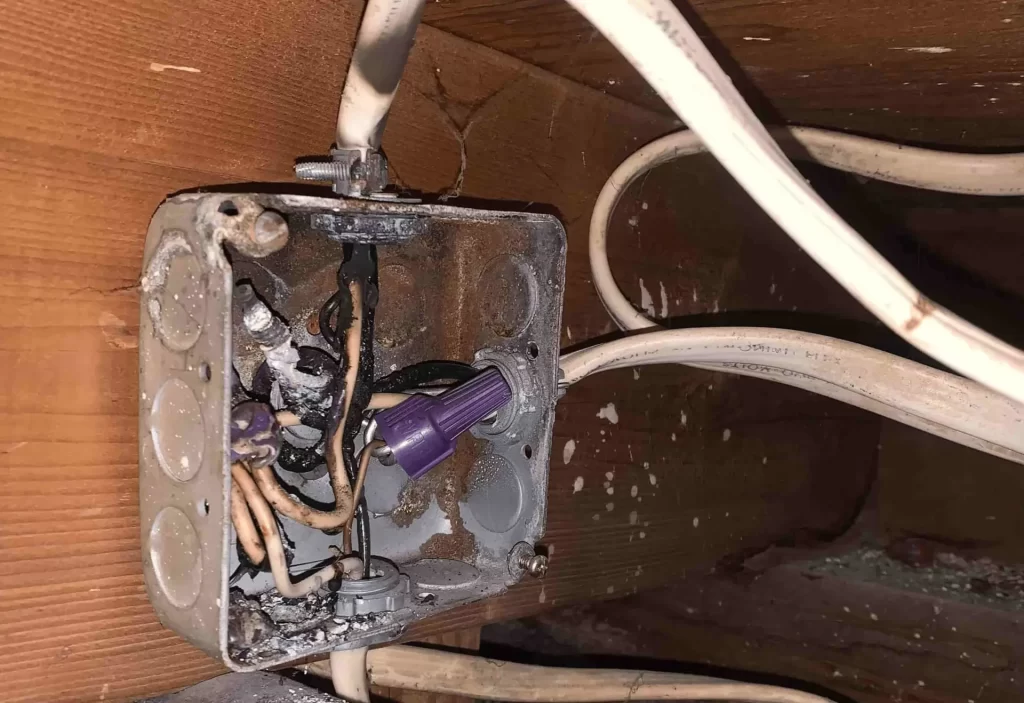
Why Aluminum Wiring Remediation Matters
- Safety
Proper remediation eliminates the risk of electrical arcing, overheating, and potential house fires. - Insurance Requirements
Many insurance companies in Florida and beyond require proof of aluminum wiring remediation before providing coverage. - Home Value
Addressing aluminum wiring increases your home’s marketability and value, making it more appealing to potential buyers.
Conclusion
Aluminum wiring in homes is a known safety concern, but it’s one that can be effectively addressed with proper remediation. COPALUM crimping and AlumiConn connectors are the industry-standard solutions that ensure your home’s electrical system is safe and reliable.
If you suspect your home has aluminum wiring, don’t wait to take action. At Cooper Home Inspections, LLC, we provide comprehensive electrical system evaluations to help you identify and address potential risks. Contact us today to schedule your inspection and protect your home and family!
